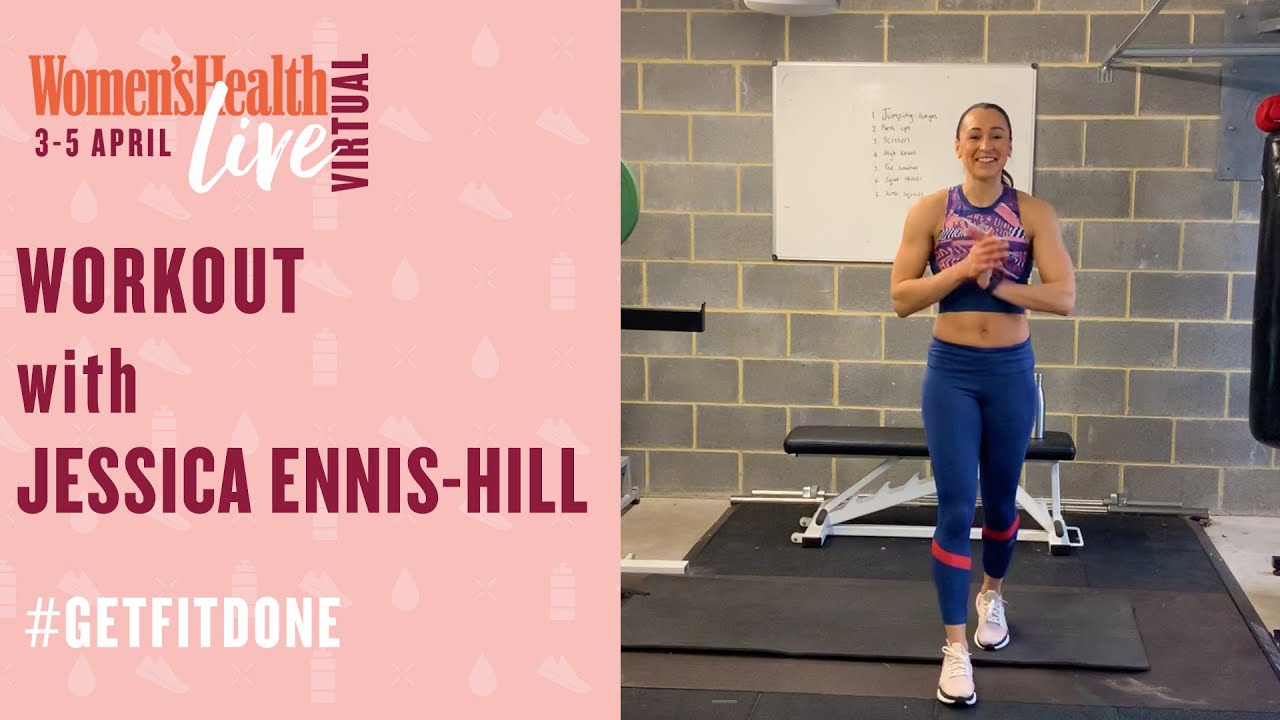
It is important for you to set personal fitness goals that can be achieved. Consider why you are trying to get fit. What motivates you? Why do you want weight loss? You don't want to set too high of goals. You should consider what has worked for your in the past, and what hasn’t. Consider if you have mobility or health problems that could hinder your progress. You should not stop working towards a goal.
Next, make sure you are realistic in your goals. You can't expect to lose weight in a week if you don't set realistic goals. You should aim to reach your healthy goals for at least one month. You can adjust the timeframe as needed. You should exercise at least 3 times per week. If you don't feel like working out, you could do it in half. This will ensure that you remain motivated and focused throughout your workout.

A great way to kickstart your fitness routine is to set goals. It will help you stay motivated and on track. Remember, the goal is to lose fat and not build muscle. Your goals must be realistic and achievable. Setting small goals is important and gradually building up to larger ones. These goals should be kept in mind to avoid losing focus. You should have a positive attitude when working out and stay motivated.
Be realistic when setting goals for fitness. Setting goals too high will not lead to them being achieved. They should be reviewed each year. If not, set new goals. If they are not achieved within a year of your initial goal, you can set new goals. You can't let yourself feel discouraged when you don't achieve your goals. If you don't follow through with your goals, you'll feel defeated.
Your fitness goals must be quantifiable. It makes it easier for you to track your progress. It is important to set time limits. This will help you plan your workout. If you don't feel motivated, you can adjust your goal. If you don’t see improvements within a few weeks, it could be too difficult or too lengthy.

You can set long-term fitness goals for yourself. For example, if you want to run a marathon in three years, you can break it down into smaller, short-term goals. You can make your workouts weekly or monthly if you don’t have the time. This will help you stay motivated. If you're a busy person, you can work out more than once a week.
FAQ
How often should i exercise?
For a healthy lifestyle, exercise is vital. There is no time limit on how much you should exercise. It is important to find something that you enjoy and stay with it.
Three times a week, you should be aiming to complete 20-30 mins of moderate intensity activity. Moderate intensity is when you still have to breathe hard after the workout. This type workout burns about 300 calories.
Walk for at least 10 minutes four days a weeks if you prefer walking. Walking is low impact and easy on your joints.
Jogging is an alternative to running. You can do it for as little as 15 minutes each day. Running is an excellent way to lose weight and tone your muscles.
Begin slowly if your are not used to working out. Start by doing 5 minutes of cardio each day, a few times per week. Gradually increase the amount of cardio you do until you reach your goal.
Here are 7 ways to live a healthy lifestyle.
-
Be healthy
-
Exercise regularly
-
Sleep well
-
Drink plenty of water.
-
Get enough sleep
-
Be happy
-
Smile often
What is the difference in a virus and bacteria?
A virus can be described as a microscopic organism that cannot reproduce in another cell. A bacterium is an organism that splits itself in two. Viruses are small, around 20 nanometers in size. Bacteria are much larger, at 1 micron.
Viruses are usually spread through contact with infected bodily fluids, including saliva, urine, semen, vaginal secretions, pus, and feces. Bacteria can be spread by direct contact with infected objects and surfaces.
Viral infections can also be introduced to our bodies by a variety of cuts, scrapes or bites. They can also penetrate the skin through the eyes, nose or mouth.
Bacteria can get into our bodies through cuts, scrapes and burns, insect bites, or other skin breaks. They may also come into our bodies through food, water, air, soil, dust, or animals.
Both bacteria and viruses can cause illness. Viruses can not multiply within the host. They only cause disease when they infect living tissue.
Bacteria may spread to other people and cause sickness. They can even invade other parts of the body. They can even invade other parts of the body, which is why antibiotics are necessary to eradicate them.
What are 10 healthy habits?
-
Every day, eat breakfast.
-
Don't skip meals.
-
Eat a balanced, healthy diet.
-
Get plenty of water.
-
Take care of your body.
-
Get enough rest.
-
Avoid junk food.
-
Do some form of exercise daily.
-
Have fun
-
Make new friends
Exercise: Good and bad for immunity?
Your immune system is strengthened by exercise. Exercise increases white blood cell production, which helps fight off infection. You can also eliminate toxins from the body. Exercise helps prevent diseases like cancer and heart disease. Exercise also helps to reduce stress levels.
However, exercising too much can weaken your immune system. Exercising too hard can make your muscles sore. This can cause inflammation and swelling. To fight infection, your body will produce more antibodies. The problem is that these extra antibodies can cause allergies and autoimmune disorders.
So, don't overdo it!
Statistics
- The Dietary Guidelines for Americans recommend keeping added sugar intake below 10% of your daily calorie intake, while the World Health Organization recommends slashing added sugars to 5% or less of your daily calories for optimal health (59Trusted (healthline.com)
- According to the Physical Activity Guidelines for Americans, we should strive for at least 150 minutes of moderate intensity activity each week (54Trusted Source Smoking, harmful use of drugs, and alcohol abuse can all seriously negatively affect your health. (healthline.com)
- nutrients.[17]X Research sourceWhole grains to try include: 100% whole wheat pasta and bread, brown rice, whole grain oats, farro, millet, quinoa, and barley. (wikihow.com)
- WHO recommends consuming less than 5% of total energy intake for additional health benefits. (who.int)
External Links
How To
27 Steps to a healthy life when your family eats only junk food
The best way to eat healthily is to cook at your home. However, this is often difficult because people do not know how to prepare healthy meals. This article will show you how to make healthier eating choices at restaurants.
-
Select restaurants that offer healthy dishes.
-
Order salads before you order meat dishes.
-
Ask for sauces that aren't sweetened.
-
Avoid fried items
-
Grilled meats are better than fried.
-
Don't order dessert unless your really need it.
-
Be sure to have something other than dinner.
-
Take your time and chew slowly.
-
Eat water.
-
Do not skip breakfast or lunch.
-
Have fruit and veggies with every meal.
-
Use milk, not soda.
-
Try to avoid sugary drinks.
-
Reduce salt intake.
-
Limit the amount of time you eat at fast food restaurants.
-
Ask someone to join you if you cannot resist temptation.
-
Don't let your children watch too much TV.
-
Turn off the television during meals.
-
Do not drink energy drinks.
-
Regular breaks from work
-
Get up earlier in the morning to exercise.
-
Exercise everyday.
-
Start small and progress slowly.
-
Set realistic goals.
-
Be patient.
-
You can exercise even when you don't feel like doing it.
-
Positive thinking is important.